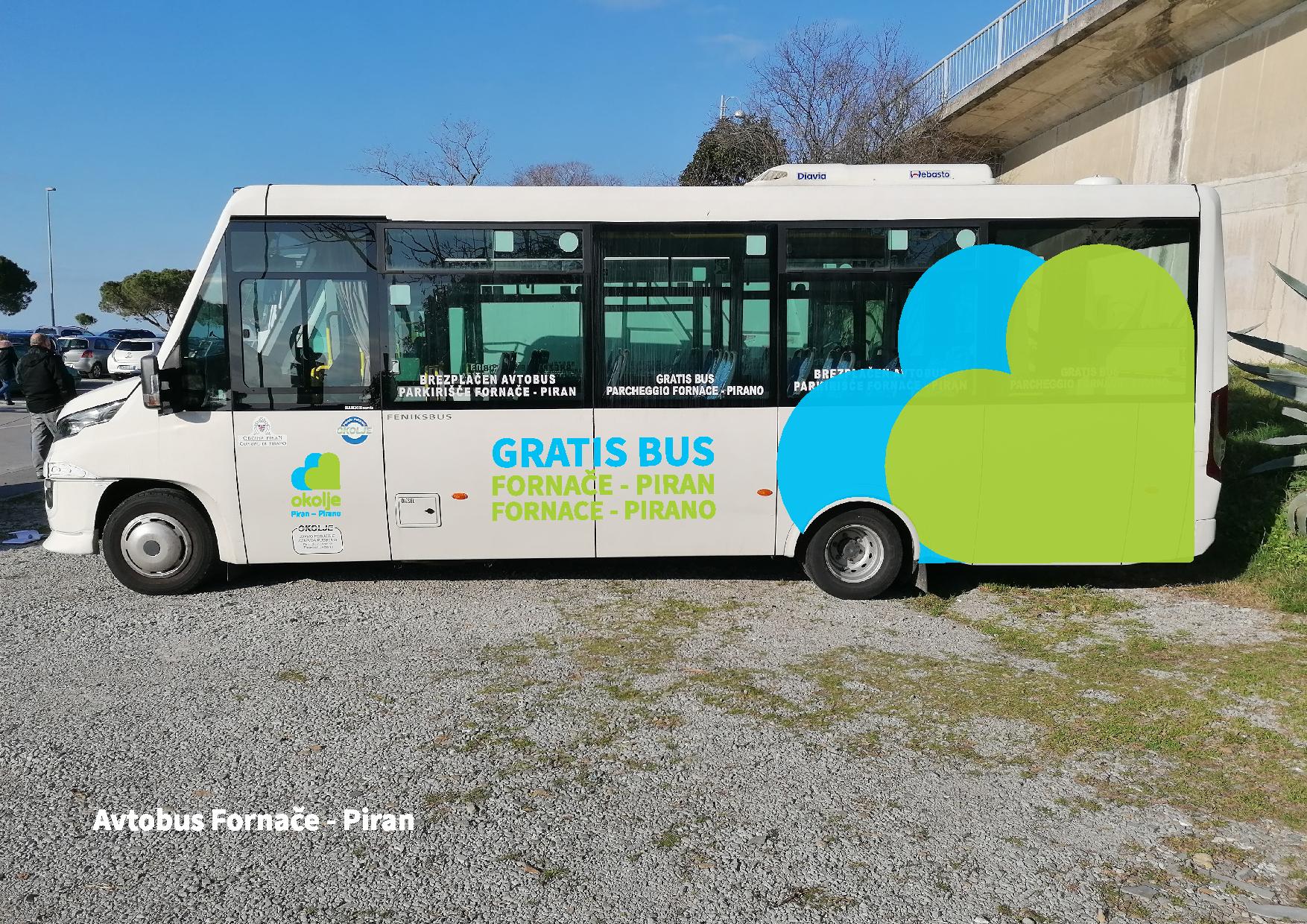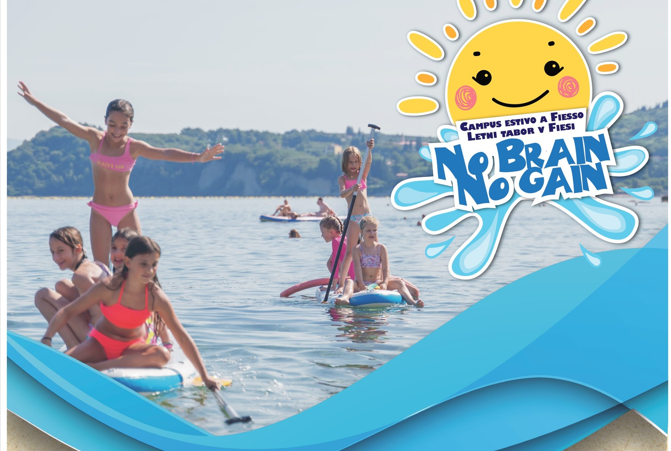Avviso del Presidente di Unione Italiana

Avviso sul trasporto pubblico
03/16/2020
Omaggio alle donne con concerto, mostra, tè e cioccolatini
03/21/2020
Care e cari connazionali,
Considerato l’aggravarsi dello stato di emergenza epidemiologica dovuto al rapido propagarsi del Coronavirus COVID-19, a partire dal 18 marzo 2020, gli Uffici dell’Unione Italiana di Capodistria rimarranno chiusi fino a quando perdurerà lo stato di crisi.
L’Unione Italiana continuerà ad assicurare i propri servizi con il telelavoro.
Saremo reperibili ai seguenti recapiti: mail: [email protected]; cell. +386/(0)31/641-104.
Desidero comunicarvi che personalmente continuerò ad essere raggiungibile:
ai seguenti recapiti di posta elettronica: [email protected], [email protected] e [email protected]
e ai seguenti recapiti telefonici: cell. si: 0038641640998 e cell: cro: 00385992108801, anche su Messenger, Skype (maurizio.tremul.skype), Viber e Whatsapp.
Con l’occasione desidero invitare tutte e tutti alla massima prudenza per tutelare la salute vostra, quella dei vostri cari e di chi vi sta vicino o incontriate.
Auguro di cuore TANTA SALUTE!
Tutto andrà bene.
—
Dragi rojaki,
ker so se razmere zaradi hitrega širjenja koronavirusa COVID-19 poslabšale, bodo pisarne Italijanske unije v Kopru od 18. marca do nadaljnjega zaprte.
Italijanska unija bo še naprej zagotavljala svoje storitve na daljavo. Dosegljivi bomo na elektronskem naslovu [email protected] in mobilni številki +386/ 31/641-104.
Osebno bom še naprej dosegljiv na sledečih elektronskih naslovih: [email protected], [email protected] in [email protected], ter številkah: SI: 0038641640998; HRV:00385992108801, pa tudi na aplikacijah Messenger, Skype (maurizio.tremul.skype), Viber in Whatsapp.
Pazite nase in svoje bližnje.
Iz srca vam želim veliko zdravja.
Vse bo v redu.



